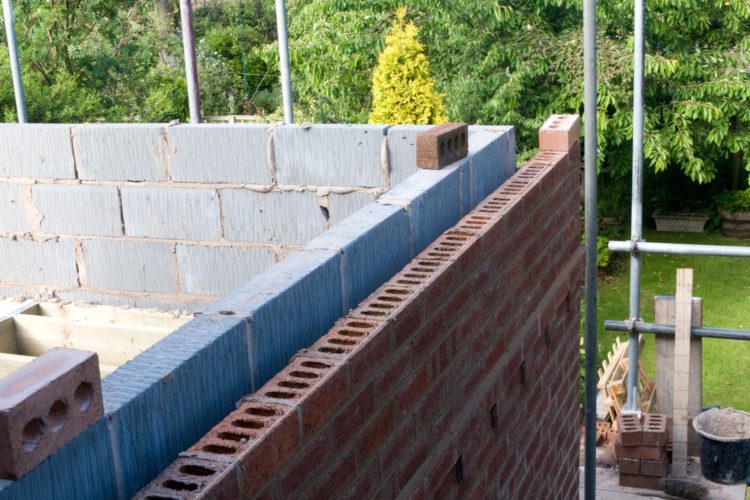Are you considering building your dream home, extending your current property, or have some land but don’t know what to do with it? In the UK, understanding the nuances of planning permission is essential but navigating through the regulations can seem like a daunting task. So we’ve put together a short guide to help you understand the basics of planning permission in the UK.
What is Planning Permission?
Planning permission is the legal consent required for certain types of development or changes to the use of buildings or land. Its purpose is to ensure that any proposed development is in line with local planning policies and doesn’t negatively impact the surrounding area.
Types of Development Requiring Permission:
New Buildings: Constructing a new home, commercial property, or any other structure usually requires planning permission.
Extensions: Extending your home or adding additional structures like conservatories or outbuildings may require permission.
Change of Use: If you intend to change the use of a building (e.g., converting a residential property into a business), you’ll likely need planning permission.
Alterations: Significant alterations to existing buildings, especially those in conservation areas or affecting listed buildings, often require permission.
Permitted Development Rights:
Some smaller projects fall under permitted development rights, meaning they don’t require planning permission. These typically include minor extensions, loft conversions, and certain changes to commercial properties. However, there are limitations and conditions to these rights. It’s important to know what these limitations and conditions are, and we can help you understand them.
The Planning Process:
- Pre-Application Advice: It’s advisable to seek pre-application advice from a planning consultant before submitting a planning application. At EP, we will help you understand to whether your proposal is likely to be accepted and identify any potential issues.
- Submit Application: Once you’re ready, we will submit a planning application to your local council or planning authority. This will include detailed plans of your proposed development.
- Consideration: The council or planning authority will review your application, taking into account local planning policies, the impact on the environment, and feedback stakeholders.
- Decision: The council will either approve, refuse, or request modifications to your application. If refused, you have the right to appeal the decision. This is something that we can support you with at EP.
While navigating planning permission in the UK may seem complex, with careful research, planning and support, you can successfully obtain permission for your project. At EP, we’re here to simplify the process for you. Whether you’re considering a new project or simply don’t know where to start, we’re ready to help. Contact us here or reach out to us on LinkedIn.

